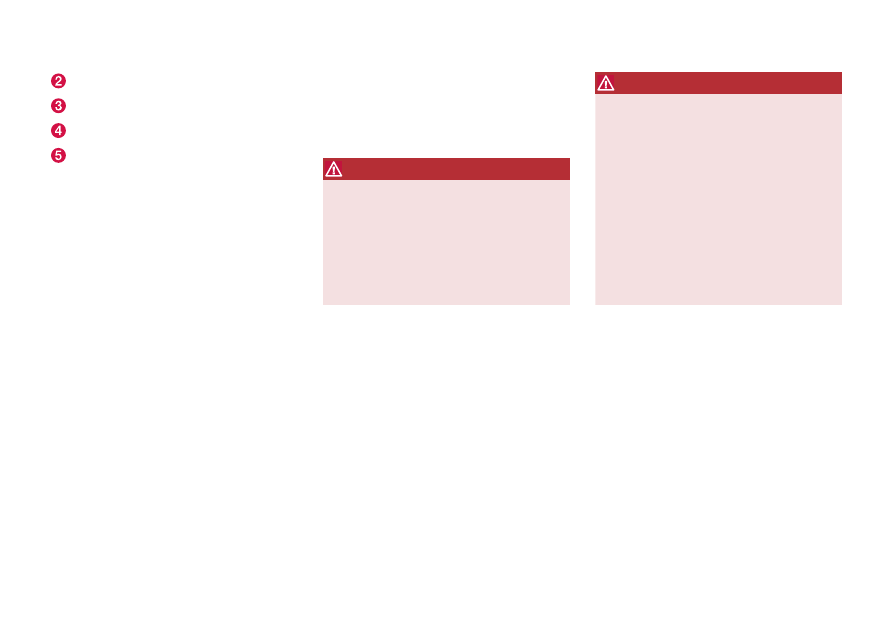Volvo XC60 Twin Engine (2019 year). Instruction - part 25

HYBRID INFORMATION
417
240 V adapter clip
240 V adapter
Charge coupler
Release button
Related information
•
Charging cable residual current device
(p. 417)
•
Charging cable temperature monitoring
(p. 418)
•
Charging the hybrid battery (p. 413)
•
Charging status in the charging cable's
charging module (p. 421)
Charging cable residual current
device
The charging cable has a circuit breaker that
helps protect against current overloads and ther-
mal overheating.
WARNING
Charging the hybrid battery may only be done
from approved, grounded 120/240 V outlets
(AC, alternating current). If the electrical cir-
cuit or electrical socket's capacity is not
known, let a licensed electrician inspect the
electrical circuit's capacity. Using a charge
level that exceeds the electrical circuit's or
electrical outlet's capacity may start a fire or
damage the electrical circuit.
WARNING
•
The charging cable's residual current
breaker helps protect the vehicle's charg-
ing system but cannot ensure that an cur-
rent overload will never occur.
•
Never use visibly worn or damaged elec-
trical sockets. Doing so could lead to fires
or serious injury.
•
Never connect the charging cable to an
extension cord.
•
Maintenance or replacement of the hybrid
battery may only be performed by a
trained and qualified Volvo service techni-
cian.
If the charging cable's residual current device is
triggered, the blue indicator light in the charging
module will not illuminate when the charging
cable is plugged into an electrical outlet (or the
red warning light will glow steadily). Have the out-
let checked by a licensed electrician or try using
another wall outlet.
Related information
•
•
Charging status in the charging cable's
charging module (p. 421)